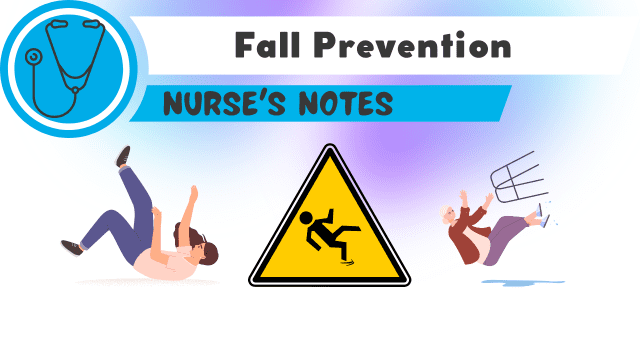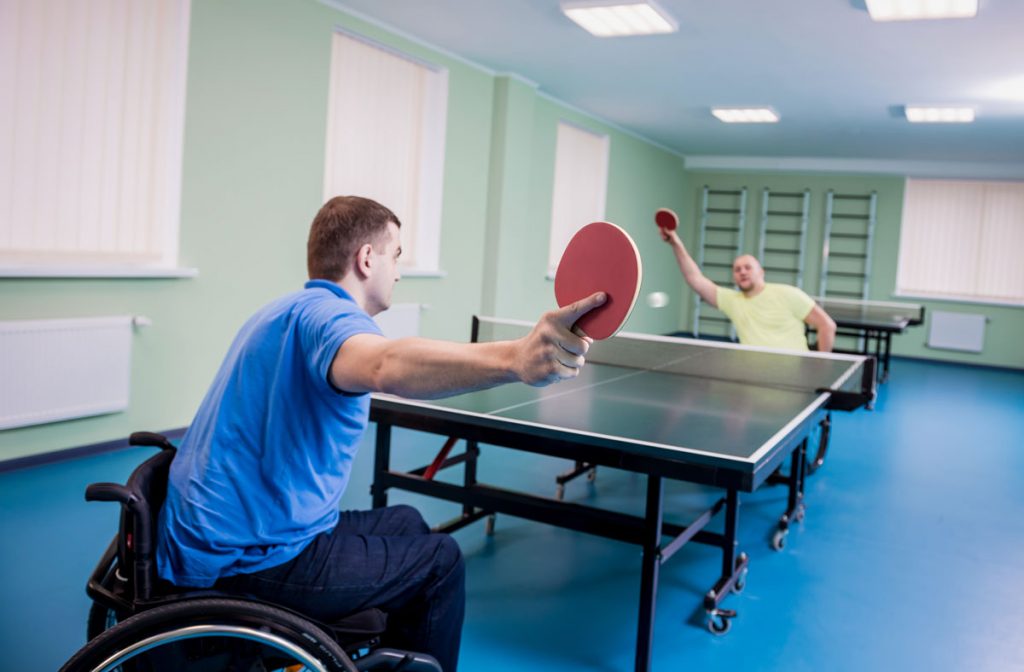The Best Guide To Dementia Fall Risk
The Best Guide To Dementia Fall Risk
Blog Article
Dementia Fall Risk - Questions
Table of ContentsThe 5-Minute Rule for Dementia Fall RiskSome Of Dementia Fall RiskThe Basic Principles Of Dementia Fall Risk 7 Easy Facts About Dementia Fall Risk ExplainedAbout Dementia Fall Risk
The FRAT has three sections: drop risk condition, danger variable checklist, and activity strategy. A Fall Threat Status includes information about history of recent falls, medications, psychological and cognitive standing of the individual - Dementia Fall Risk.If the client scores on a risk aspect, the corresponding variety of factors are counted to the individual's autumn risk score in the box to the far appropriate. If a client's fall threat rating amounts to five or higher, the individual goes to high danger for falls. If the client scores only 4 points or reduced, they are still at some threat of falling, and the registered nurse ought to utilize their best medical evaluation to manage all loss danger factors as part of a holistic treatment plan.
These typical strategies, in general, help create a risk-free atmosphere that lowers accidental drops and marks core preventive measures for all clients. Signs are crucial for individuals in jeopardy for falls. Doctor need to acknowledge who has the condition, for they are in charge of executing activities to advertise patient security and protect against drops.
The Of Dementia Fall Risk
Wristbands must include the individual's last and first name, date of birth, and NHS number in the UK. Information ought to be printed/written in black against a white history. Only red shade needs to be used to signal unique individual condition. These referrals follow present advancements in client recognition (Sevdalis et al., 2009).
Items that are too much might call for the person to reach out or ambulate needlessly and can potentially be a danger or add to falls. Assists stop the patient from going out of bed with no support. Nurses respond to fallers' call lights faster than they do to lights initiated by non-fallers.
Visual impairment can significantly cause falls. Keeping the beds closer to the floor decreases the threat of drops and significant injury. Positioning the bed mattress on the floor significantly lowers autumn threat in some medical care settings.
Rumored Buzz on Dementia Fall Risk
Individuals that are tall and with weak leg muscle mass that attempt to rest on the bed from a standing placement are most likely to fall onto the bed because it's as well low for them to lower themselves safely. If a high individual efforts to obtain up from a reduced bed without help, the person is most likely to fall back down onto the bed or miss the bed and drop onto the floor.
They're designed to promote prompt rescue, not to prevent falls from bed. Audible alarm systems can likewise remind the client not to obtain up alone. The use of alarm systems can also Continue be a substitute for physical click here for more info restrictions. Aside from bed alarm systems, boosted supervision for high-risk individuals likewise may aid stop falls.

Patients with a shuffling stride boost autumn possibilities significantly. To decrease autumn risk, shoes ought to be with a little to no heel, slim soles with slip-resistant walk, and sustain the ankle joints.
Dementia Fall Risk for Dummies
In a research study, homes with appropriate lighting report less drops (Ramulu et al., 2021). Renovation in illumination at home may reduce fall rates in older grownups.

Sitters are reliable for assuring a safe, secured, and risk-free environment. Research studies demonstrated really low-certainty proof that caretakers decrease autumn risk in severe treatment healthcare facilities and only moderate-certainty that choices like video clip monitoring can look what i found decrease sitter use without enhancing autumn risk, suggesting that caretakers are not as helpful as initially thought (Greely et al., 2020).
Excitement About Dementia Fall Risk

Boosted physical conditioning decreases the risk for drops and restricts injury that is received when loss takes place. Land and water-based workout programs may be in a similar way valuable on balance and gait and thereby decrease the risk for falls. Water workout might add a favorable benefit on balance and gait for ladies 65 years and older.
Chair Increase Workout is a straightforward sit-to-stand exercise that helps strengthen the muscles in the upper legs and buttocks and improves mobility and independence. The goal is to do Chair Surge workouts without using hands as the client ends up being stronger. See sources section for an in-depth guideline on how to do Chair Rise exercise.
Report this page